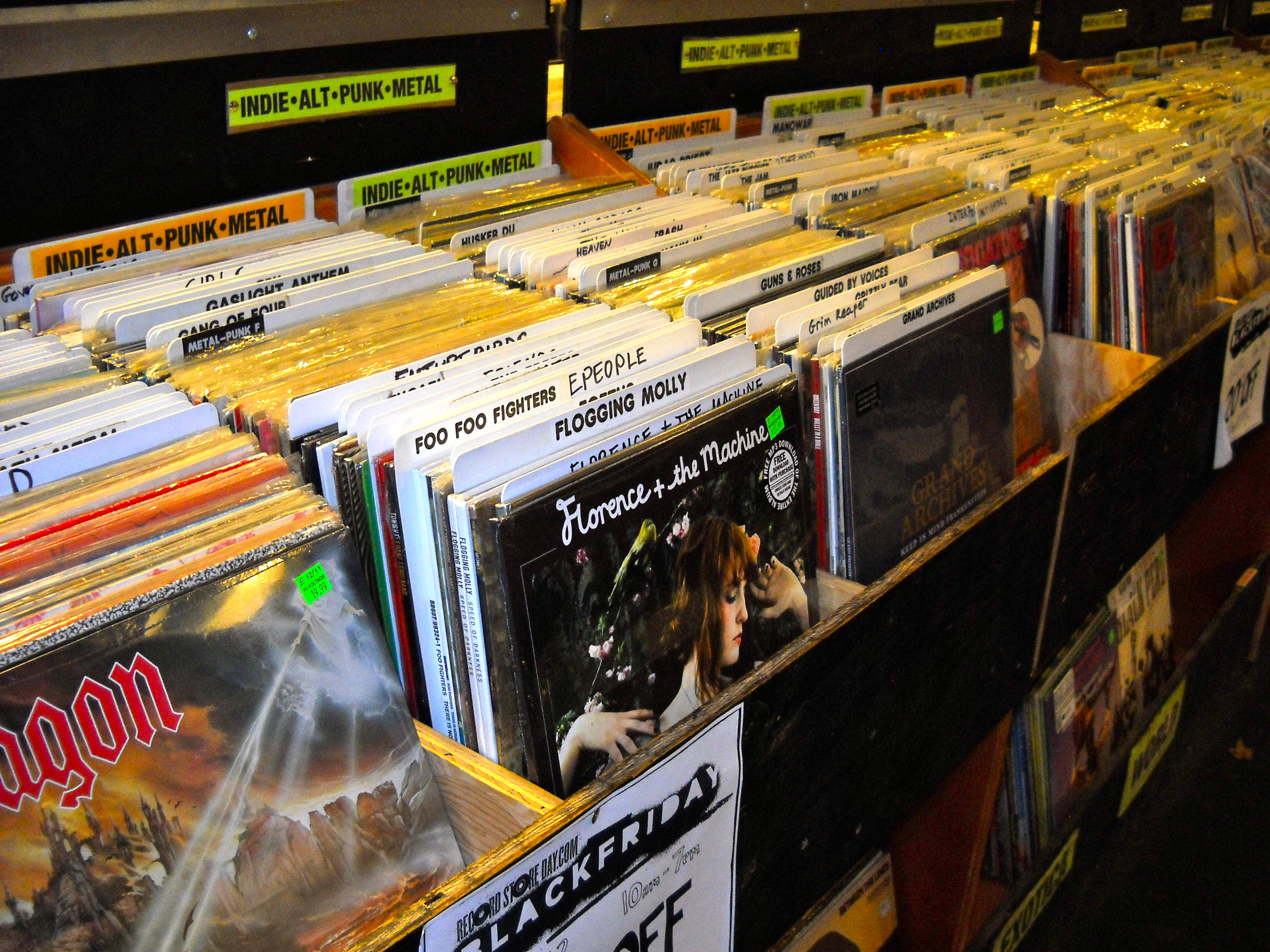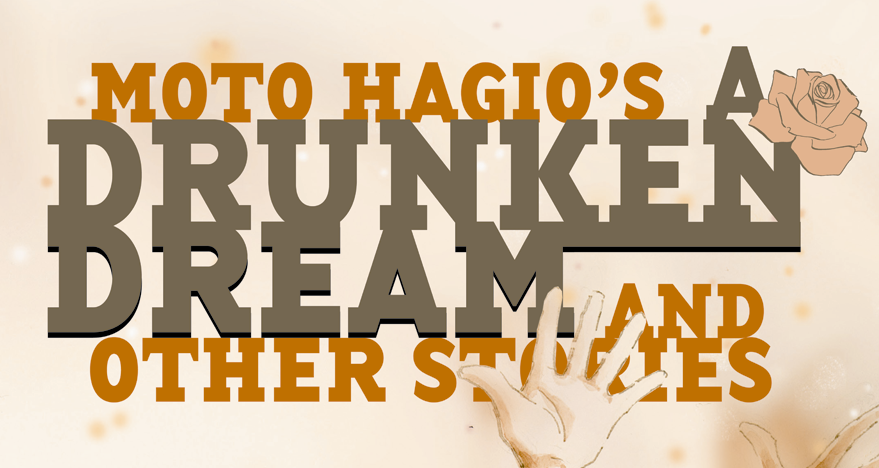Paris, City of Film Legends and New Prodigies
Sometimes when you admire something like a work of art or someone like a musician that resonates with you, you might also have an opportunity to connect with it or its creator on a personal level. For instance, if you’re a Beatles fan, you could visit clubs in Liverpool where the group was formed, or you might sometime be in Baltimore paying your respects directly to the gravestone of Edgar Allen Poe. Whatever your interest, there is potential to develop a relationship that transcends the traditional creator-to-creation-to-audience connection. I left Paris a few weeks ago while studying abroad and was fortunate to make my own connections with—you‘ll never guess it—cinema.
To begin my pilgrimage, I actually got shit together for once and booked my hotel. Actually, it was only a day before my flight, but the hotel was in fact my first connection to the filmmaker I admire, Francois Truffaut. The Hotel Modern Montmartre, now a budget hotel, occupies the same building, with rooms that physically share walls with the location where the character Antoine Doinel awakes from bed in the opening scene of the movie, Love at Twenty (1962) or Antoine et Colette. In this triumphant first scene of the movie, Antoine throws open the shutters of his window and looks out from the third floor of this quaint 18th century flatiron dwelling and we see his view of the ever-working class and always bohemian Place de Clichy neighborhood.
I, too, viewed this seven-way intersection of the Montmartre neighborhood, albeit from the street level sidewalk in front of where there is now a fast-food chicken restaurant (sorry dreamers, even Paris is not fast-foodless) and my mind filled with familiarity and Paris started to become my city as well.
Montmartre has been a special place for many. Truffaut grew up here, and his semi-autobiographical series of movies following the various foibles of Antoine Dionel were filmed here beginning with the famed debut, The 400 Blows (1959). The neighborhood is also where Pablo Picasso lived and worked for a time, and one can even view how Place de Clichy looked in 1887 as Vincent Van Gogh painted it. This is what is possible in the ancient cities of Europe. I could touch the same streets that were frequented by centuries upon centuries of people including legends.
I experienced more mind-blowing movie connections in Paris, but I really lucked-out on my visit to the historic Cinémathèque Française. This national archive of film was where the great French New Wave movie makers became self-educated in the craft of cinema. Such masters included Alain Resnais, Jean-Luc Godard, Claude Chabrol, Truffaut, and many others. One of my favorites, the Italian Bernardo Bertolucci also featured the Cinémathèque prominently in his movie, The Dreamers (2003), where the three central characters first meet one another before strangely withdrawing from the world only to re-emerge in the middle of the 1968 Paris student rebellions. Those real-life Molotov cocktail-hurling activists were both influencing and heavily influenced by the Cinémathèque filmmakers who kept pushing at the borders of what was acceptable in the creation of movies.
I faced exactly zero firebombs when I visited the Cinémathèque for the first time, and I was ready to view the museum portion of the building when I ran into a crowd of university students. In broken French, no, make that totally busted French, I talked with them and found they were there for a showing of graduating film projects made by students enrolled in the prestigious International Film School of Paris. So I joined the line and got to watch the presentation of five students’ short films. That was neat!
Along with my explorations of Paris through its movie history, I found the city to be a display of the finest in European creativity, vision, and citizenry. My brush with the old masters of cinema as well as those on the cutting edge only confirms my praises.



